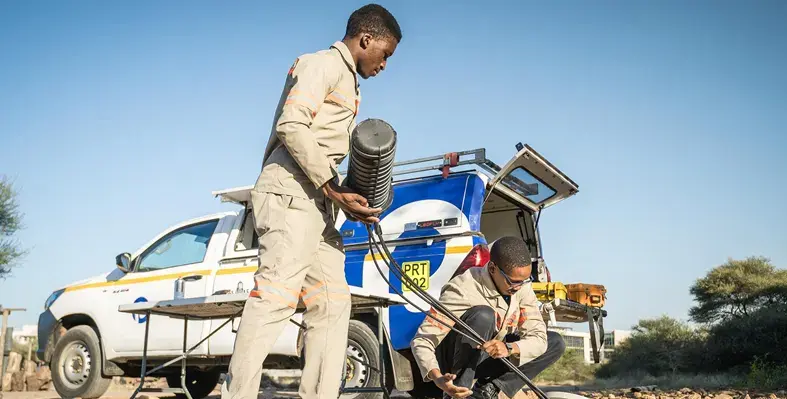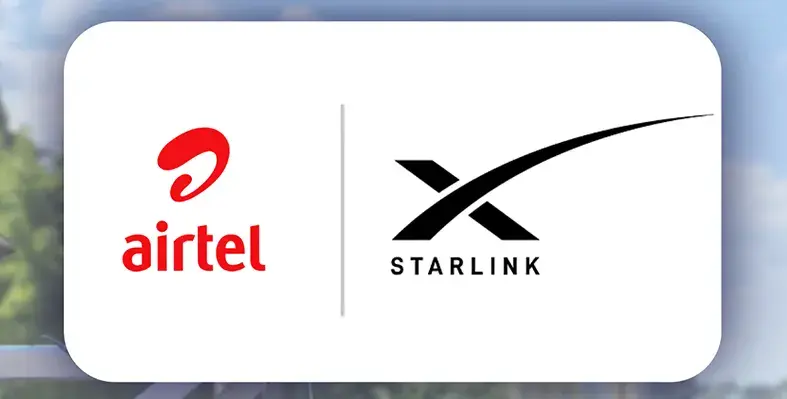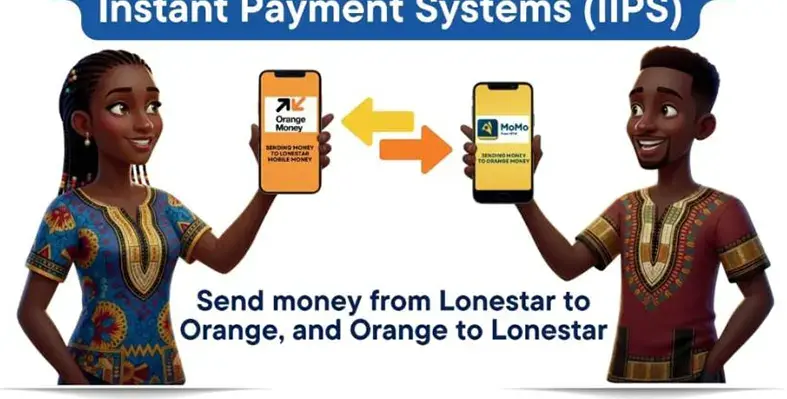Paratus Botswana, a prominent provider of telecommunications and network services, has begun work on the SADC Highway, a new fiber route connecting Gaborone in Botswana to Livingstone in Zambia via Zimbabwe
The first phase, spanning approximately 500km from Gaborone to Plumtree, is set for completion in February 2025. This initiative aims to enhance rural network coverage by enabling smaller providers to benefit from lower costs per megabit.
The SADC Highway is a key component of the Paratus Group’s Southern Continental Agenda and integrates seamlessly with the Botswana Kalahari Fiber (BKF) route, launched earlier this year. With up to 11 terabits of potential new capacity for Zimbabwe and Zambia, the route also provides critical redundancy for existing networks passing through South Africa. It offers an alternative path connecting the East and West directly to the Equiano subsea cable in Swakopmund, Namibia, via TKF, while providing a direct link southward to the Teraco Data Center in Johannesburg. Bypassing traditional routes like Beitbridge, this new highway promises lower latencies and higher capacities.
As the country managing director of Paratus Botswana explained, “This is an attractive new route for Botswana as well as Southern Africa. It is eagerly awaited, as witnessed by several operators already purchasing capacity.”
“The SADC Highway also represents Paratus Botswana’s fourth fiber route: two into South Africa, one into Namibia, and very soon this new route into Zimbabwe and Zambia. This cements our position in Southern Africa and Botswana as a communications hub not only due to the geographic location but also to the foresight by Paratus in addressing regional needs. It demonstrates the Paratus Group’s commitment to investment in Botswana and contribution to economic diversification in the country. The various routes now provide unsurpassed redundancy and diversity for the country.”
The SADC Highway, once completed, will deliver low-latency, high-capacity connectivity. By linking to the Equiano subsea cable, it will boost capacity, reduce costs, and stimulate regional economic growth.
Bruwer emphasised, “This is another part of our ongoing investment in our network infrastructure to meet the growing demand for telecommunications services in the region. These investments align with our vision to connect more people across the continent with quality communications and network services.”























